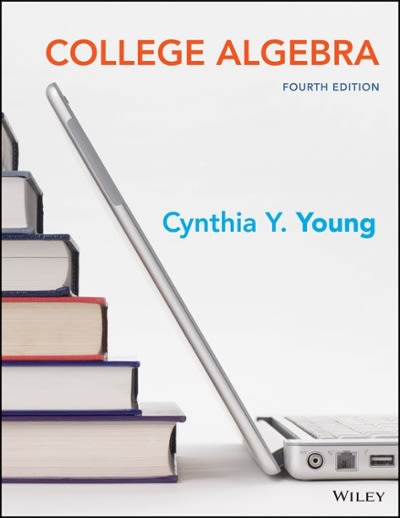Kindly solve properly
An investigation was undertaken into the length of post-operative stay in hospital after a particular type of surgery. All patients undergoing this surgery between 1 January and 31 January 2013 were observed until either they left the hospital, died, or underwent a second operation. The event of interest was leaving the hospital. Patients who died or underwent a second operation during the period of investigation were treated as censored at the date of death or second operation respectively. The investigation ended on 28 February 2013, and patients who were still in the hospital at that time were treated as censored. (1) State, with reasons, whether the following types of censoring are present in this investigation: right Type I Type II random [4] (ii) Comment on whether censoring in this investigation is likely to be informative. 121 The following data relate to 11 patients included in the investigation. Date of operation Date observation Reason that ended observation ended 2 January 30 January Second operation 5 January 7 January Died 10 January 24 January Left hospital 12 January 12 February Left hospital 15 January 29 January Left hospital 20 January 4 February Lett hospital 20 January 21 January Died 23 January 28 February End of investigation 24 January 31 January Second operation 27 January 20 February Left hospital 31 January 14 February Left hospital (iii) Calculate the Kaplan-Meier estimate of the survivor function for remaining in the hospital. [6] (iv) Sketch the Kaplan-Meier estimate of the survivor function, labelling the axes. [2] (v) Comment on the results of the investigation. 12] [Total 16]A life insurance company is developing a new class of annuity business. It has conducted a study of mortality among lives it believes represent this new business. It wishes to graduate the data so that they are suitable for use in financial calculations. It decides to use a standard table as a basis for graduation and the function: 1, = +001 where u are the graduated rates and up are the rates from the standard table. The table below gives some results from the graduation. Age r Crude rates Graduated rates Exposed to risk 70 0.0167 0.022561 1,200 71 0.0209 0.024783 1,194 72 0.0236 D.027204 973 73 0.0324 0.029956 956 74 0.0362 0.033072 912 75 0.0402 0.036587 845 76 0.0561 0.040357 820 77 0.0623 D.D44962 369 78 0.0552 0.049899 489 79 0.0640 D.055390 500 Carry out an overall test of the goodness-of-fit of this graduation to the crude rates. [6] (ii) List three defects of a graduation which the test you conducted in (i) may not detect. (3] (iii) Perform, for each of two of the defects listed in (ii), an additional test which can detect the defect. [61 (iv) Comment on the results of the tests carried out in parts (i) and (iii). [2] [Total 17]








